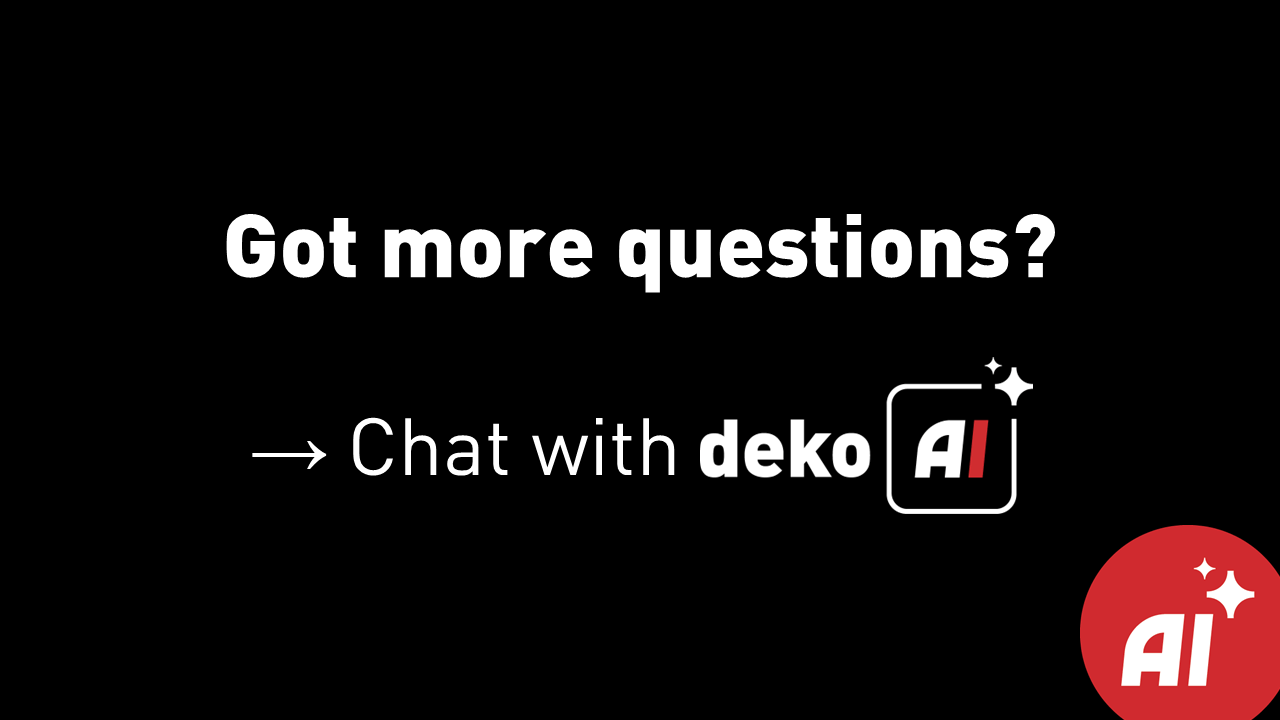Welcome to the Heat Transfer Masterclass by dekoGraphics!

HEAT TRANSFER MASTERCLASS: Top Heat Transfer Solutions for Dye Migration
You’ve seen it happen: The logo looks perfect after application, but just a few washes later, it starts to discolour. Or sometimes – even before the first wash.
The problem? Dye migration. This is a common issue, especially with sublimated jerseys, softshell jackets, and other intensely dyed functional fabrics. At dekoGraphics, we’ve worked with thousands of high-performance textile applications, and we’ve seen firsthand how migration issues destroy otherwise perfect branding transfers.
In this article, you’ll learn exactly which are the best heat transfer solutions for dye migration—and why they work. We’ll reveal our ideal two transfers—ECOBLOCK BLACK and ECOBLOCK WHITE—plus when to use which.
What Is Dye or Sublimation Migration?

Over time, colour pigments (from the garment fabric) migrate into the transfer layers after heat application. The result: the logo becomes discoloured, tinted, or spotty. This is especially problematic with polyester fabrics dyed through sublimation printing, where heat reactivates the pigments during the application of the heat transfers.
Without an effective barrier layer, even high-end transfers are affected. That’s why anti-migration protection is essential when working with such textiles.
Our Top Heat Transfer Solutions for Dye Migration
These are our go-to solutions—field-tested and used millions of times on jerseys, softshells, workwear, and more.
1. ECOBLOCK BLACK – Best Heat Transfer for Heavy Dye Migration in Sublimated Fabrics

Product Line: FLAT PU
Technology: ECOBLOCK BLACK is a screen-printed PU transfer with carbon backer
Key Feature: Black barrier layer to actively block sublimation dyes
Why ECOBLOCK BLACK?
These transfers are purpose-built for critical textiles. The black carbon backer acts like a shield between the fabric and the logo—effectively stopping migrating pigments and preventing visible discolouration.
✅ Advantages:
- Maximum migration protection via carbon backer
- Water-based PU inks – sustainable and premium
- Available in multiple variants for different surfaces and needs
- Ideal for sublimated jerseys, softshells, fleece, or highly pigmented polyester fabrics
Typical Use Cases:
- Team sports (e.g., sublimated football jerseys)
- Outdoor and softshell jackets
- Corporate wear with dark base colours
2. FLAT SILICONE ECOBLOCK WHITE – The Stretchy Alternative

Product Line: FLAT SILICONE
Technology: ECOBLOCK WHITE is a silicone transfer with natural migration resistance
Key Feature: No extra backer needed – protection is built into the material
Why ECOBLOCK WHITE?
Silicone is naturally resistant to pigment absorption. This version features optimized layering to offer an ultra-thin, flexible and trusted solution without a black barrier—perfect for customers who prefer a soft, matte finish.
✅ Advantages:
- Natural migration protection without additional backer
- Super soft and stretchy
- Reduced layer thickness = improved hand feel
- Ideal for premium sports and lifestyle brands
Typical Use Cases:
- Performance fashion
- Sublimated running shirts or functional clubwear
- Softshell or fleece products where a matte look is desired
Frequently Asked Questions
Do I always need a black backer? Not necessarily. For heavily sublimated fabrics, it’s highly recommended for maximum safety. For lightly sublimated or just strongly dyed fabrics, silicone-based protection may be sufficient.
Does the backer affect the logo design? No – the black backer is applied on the reverse side and is not visible. The surface appearance of the logo remains as intended.
Are ECOBLOCK transfers sustainable? Yes – they are made using 100% water-based PU inks and are solvent-free.
Can I receive samples to test on my own textiles? Yes – we can send you loose samples so you can run tests on your own textiles before placing an order.
Do you offer internal testing on my specific fabric? Yes – we offer free inhouse testing. Just send us a piece of your fabric, and we’ll test the most suitable heat transfer solution for you.

Conclusion: No Chance for Dye Migration
Whether you're printing on high-performance fabrics, dark-coloured jackets, or sublimated jerseys—dye migration is preventable with the right transfer.
You’ve probably dealt with discoloured logos on sublimated gear. Test ECOBLOCK BLACK or ECOBLOCK WHITE on your garments—or reach out for personalized recommendations.
At dekoGraphics, we specialize in heat transfer innovation for sportswear, workwear, and more.

In our Heat Transfer Masterclass, we provide exciting insights into heat transfer techniques, applications, and industry trends. Discover the world of innovative textile branding solutions:
Heat Transfer Masterclass by dekoGraphics!
TRUSTED BY









